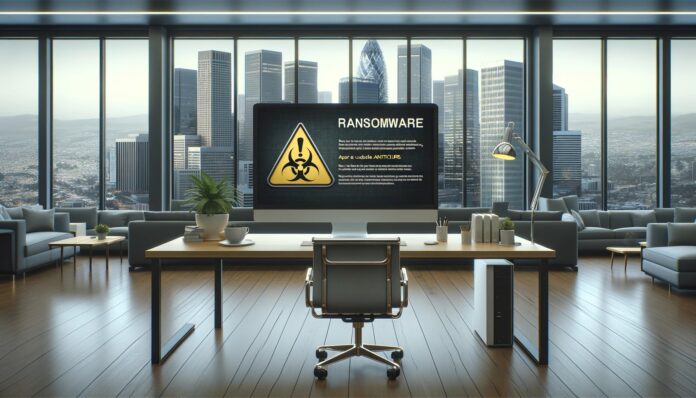
A recent ransomware attack targeting Blue Yonder, a company providing supply chain software, has caused notable disruptions in the IT systems of its client, Starbucks, a major player in the food and beverage industry. The attack primarily affected employee information, and fortunately, it did not extend to customer-facing services. As a result, the company’s customer support and other services remained unaffected, preventing a broader impact on their operations.
Starbucks, the supermarket giant, which holds the title of Britain’s number one retailer, has assured the public that it will provide regular updates on the investigation as it continues to unfold. At present, the attack appears to have caused some challenges for baristas and other employees involved in coffee brewing operations, but further details are yet to be clarified.
While the investigation continues, speculation has arisen about the involvement of notorious ransomware groups, such as RansomHub and Lockbit 3.0, both of which have been linked to previous cyberattacks targeting organizations within Ukraine. However, as of now, there is no definitive proof to link these groups to the attack on the supermarket chain.
Ransomware is a form of malicious software that infiltrates computer systems or networks and encrypts files and folders, rendering them inaccessible until a ransom is paid. In the modern landscape of cybercrime, many of these threat actors have adopted double extortion tactics. Initially, the criminal groups demand a ransom under the threat of leaking sensitive data. If the victim fails to meet their demands, the attackers may sell the stolen data on dark web marketplaces, further compounding the financial and reputational damage. In some distressing cases, these groups even go so far as to contact the victim’s friends and family, increasing the pressure on the target to comply with their demands.
As of now, no specific ransomware group has taken responsibility for the Starbucks attack. As a result, the blame game has ensued on social media platforms like Facebook and LinkedIn, where various parties speculate on the identity of the attackers. However, Starbucks has a robust disaster recovery plan in place, which it promptly activated once discrepancies in network operations were identified. The company remains optimistic about its ability to mitigate the potential risks and restore normalcy in a timely manner.
Meanwhile, Blue Yonder, the supply chain software provider, is taking swift action to address the fallout from the cyberattack. The company has engaged forensic experts to investigate the breach and is working diligently to minimize the long-term effects of the attack. Their efforts underscore the importance of a proactive approach to cybersecurity in the face of growing threats. As the investigation continues, both companies remain committed to safeguarding their systems and restoring any affected operations as quickly as possible.
On December 7th,2024, Termite Ransomware gang claimed to have launched Blue Yonder Cyber Attack.






















